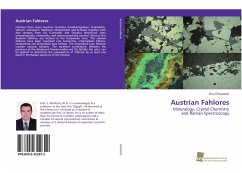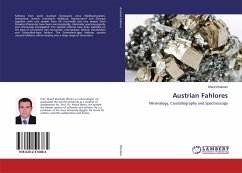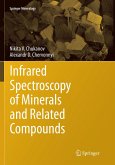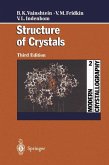Fahlores from seven Austrian localities (Haidbachgraben, Schendleck, Veitsch, Johnsbach, Mallnock, Mauterndorf and Schwaz) together with two samples from UK (Cornwall) and Slovakia (Kremnice) were mineralogically, chemically, and spectroscopically studied. Most of the Austrian fahlores are located in the Greywacke zone. The studied fahlores have been classified into tennantite, intermediate fahlore, tetrahedrite and Schendleck-type fahlore. The Schendleck-type fahlores contain unusual fahlores. The excellent correlations between the positions of the vibrational Raman modes and the Sb/(Sb+As) ratio, can be applied to determine the composition of fahlores by at least one band in the Raman spectrum of the mineral.
Bitte wählen Sie Ihr Anliegen aus.
Rechnungen
Retourenschein anfordern
Bestellstatus
Storno








